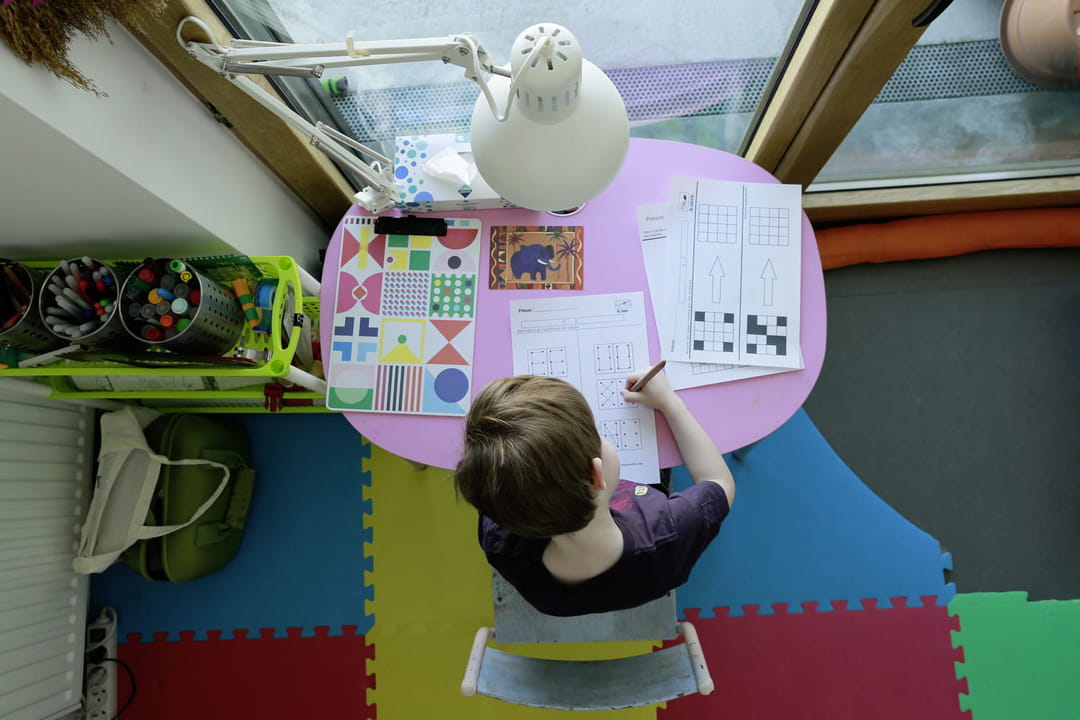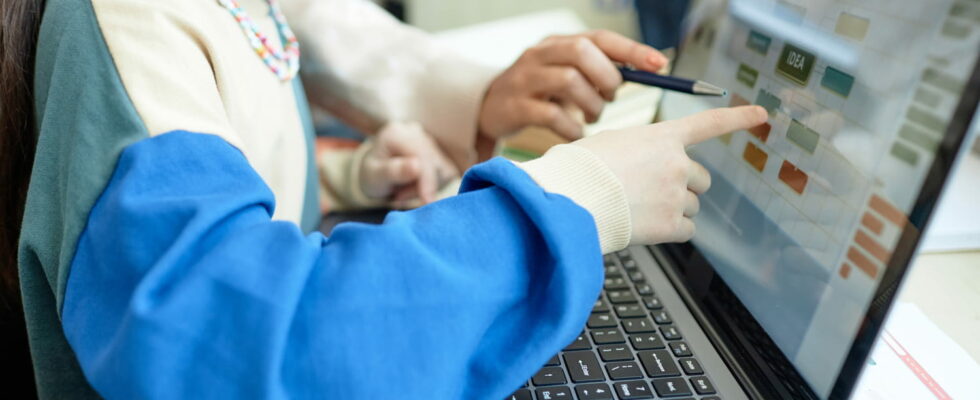Here’s what happens when kids learn to write on a computer instead of by hand. The difficulties are beginning to become known…
In France, primary to secondary schools have retained the teaching of handwriting. Very young children learn to write by tracing letters, but they move on to screens very quickly and often tap more than they write. In several other countries, such as the United States, some establishments have completely switched from pen to keyboard, a practice that worries a number of scientists.
Faced with the ease of younger generations in using IT tools, some are enthusiastic about the new capabilities of the youngest, in a world where IT will be everywhere. But this tendency to abandon writing could be dramatic. For psychologist Audrey van der Meer“if the youngest do not practice writing (by hand) […]their brains will simply not reach their full potential.” In fact, studies show that tracing the letters of the alphabet, instead of typing them, leads to “ease of understanding”. By extension, learning handwriting would promote reading and memorization skills.
Faced with these discoveries, certain American states have imposed the teaching of cursive writing, this is notably the case of California. In reality, research so far proves that the key lies in the gesture, and not in the way of writing. It’s the movement that counts explains Ramesh Balasubramaniam, neuroscientist at the University of Californiawho claims that “very important things happen during the experience of writing by hand.”

But then what is happening in the brain that there is such a difference between typing a letter and tracing it? In fact, the practice of handwriting forces different brain systems to work together to reproduce on the page the letter we are thinking of, whereas typing makes this action invisible and somehow removes this unconscious thinking. Writing requires coordination between the motor and visual systems and therefore demands more resources from the brain. When writing, the brain must both manage the memory of each letter, one after the other to form a word, then a sentence, and at the same time the movement of the hand and the pressure of the fingers to recreate each letter on the sheet.
“Handwriting is probably one of the most complex motor skills the brain is capable of,” explains Marieke Longcamp, neuroscientist at the University of Aix-Marseille. The practice of writing is also beneficial for adults; many authors write partly or entirely by hand, to stimulate their creativity but also to internalize their production.
Indeed, one of the main advantages of handwriting is that it forces the writer to take their time, to slow down. During a workday, at a conference or in a meeting, the information that is typed on the computer is rarely processed effectively. For Audrey van der Meer, the computer certainly saves time, but by writing by hand we “appropriate the information”, so it remains in our memory.
